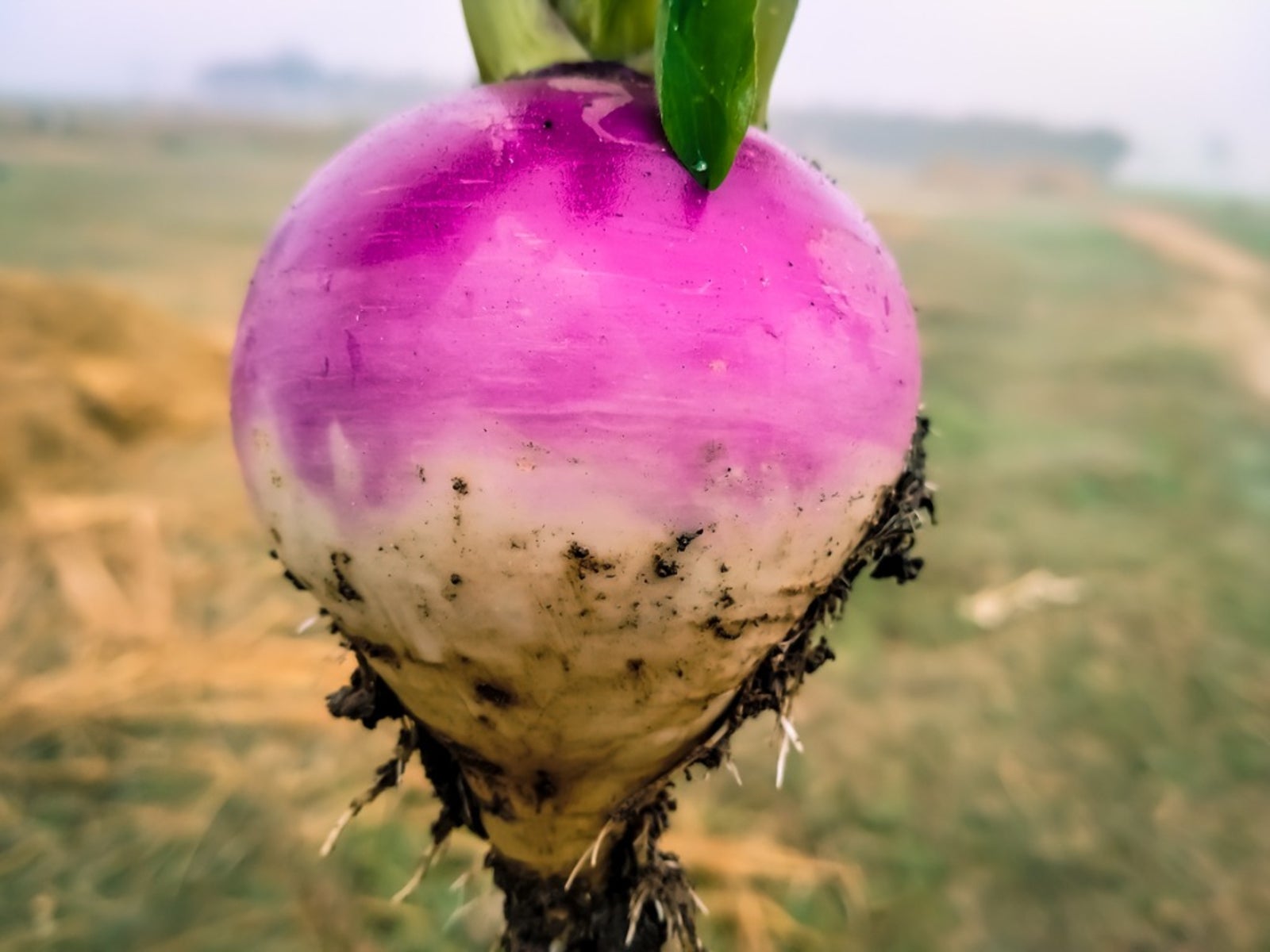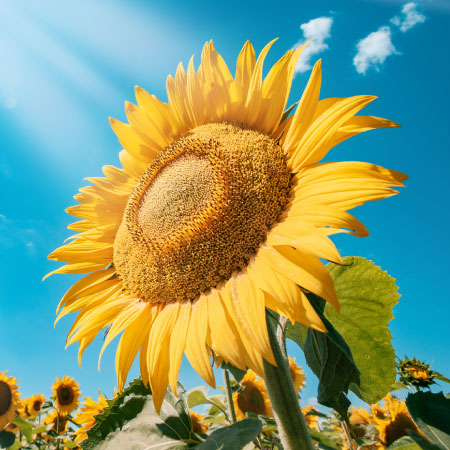Tips For Turnips Growing In Your Garden


Many gardeners love to grow turnip roots in their garden. Like any root vegetable, turnips (Brassica campestris L.) do well along with carrots and radishes. They are easy to care for and can be planted either in spring, so you have turnips all summer, or in late summer for a fall crop. Let's look at how to grow turnips.
How to Grow Turnips
If you are planting a summer crop, plant the turnips early. If you are planting so you can have turnips to store throughout the winter, plant late in the summer to harvest turnips before first frost.
Turnips generally require a full sun location but will tolerate partial shade, especially if you plan on harvesting the plant for its greens.
Preparing the bed to grow turnip plants in is easy. Just rake and hoe it as usual for planting. Once you're done and the dirt isn't too wet, sprinkle the seeds and gently rake them in. Growing turnips should be done with seeds in the soil about 1/2 inch (1 cm.) deep at a rate of 3 to 20 seeds per foot (31 cm.). Water immediately after planting to speed germination.
Once you find your turnips growing, thin the plants to about 4 inches (10 cm.) apart to give the plants plenty of room to form good roots.
When planting turnips, plant them at ten day intervals, which will allow you to grow turnips for harvesting every couple of weeks throughout the season.
Harvesting Turnips
Come summertime, about 45 to 50 days after planting, you can pull a turnip up and see if it's ready for harvest. Start harvesting turnips once you find a mature turnip.
Sign up for the Gardening Know How newsletter today and receive a free copy of our e-book "How to Grow Delicious Tomatoes".
If you have summer turnips, they are more tender. Growing turnips to produce in late fall produces a hardier variety that stores well in the drawer in the refrigerator or a cool, dry place. You can use them throughout the winter.
Having a vegetable crop you can actually use throughout the winter is a nice thing when you have a garden. Harvesting turnips can make a great root cellar vegetable for storing along with carrots, rutabagas, and beets.

Kathee Mierzejewski was with Gardening Know How in the very beginning, writing many of the site's foundational articles.